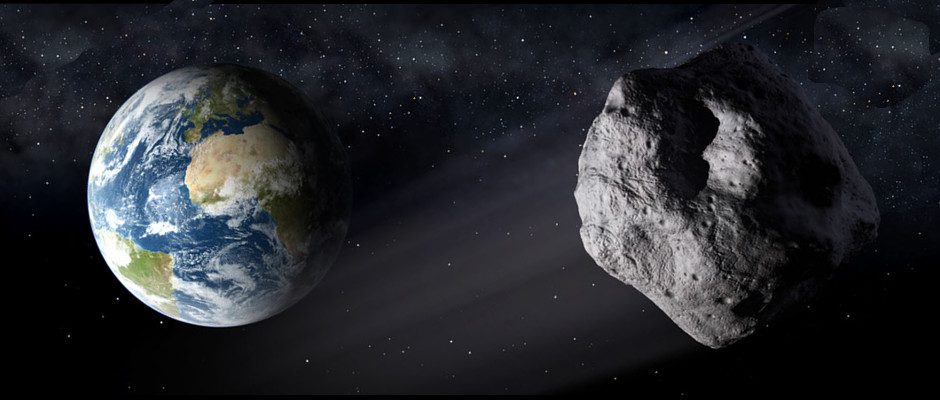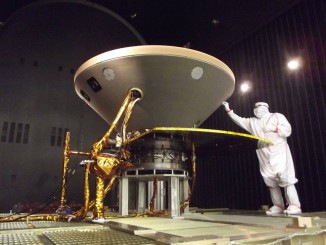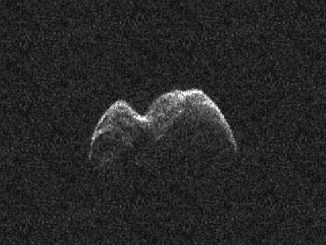
At the time of its closest approach, the asteroid will be approximately 745,000 miles (1.2 million kilometres) from Earth.
One way NASA scientists plan to learn more about 2004 BL86 is to observe it with microwaves. NASA’s Deep Space Network antenna at Goldstone, California, and the Arecibo Observatory in Puerto Rico will attempt to acquire science data and radar-generated images of the asteroid during the days surrounding its closest approach to Earth.
“When we get our radar data back the day after the flyby, we will have the first detailed images,” said radar astronomer Lance Benner of JPL, the principal investigator for the Goldstone radar observations of the asteroid. “At present, we know almost nothing about the asteroid, so there are bound to be surprises.”
Asteroid 2004 BL86 was initially discovered on 30th January 2004 by a telescope of the Lincoln Near-Earth Asteroid Research (LINEAR) survey in White Sands, New Mexico.
The asteroid is expected to be observable to amateur astronomers with small telescopes and strong binoculars.
“I may grab my favourite binoculars and give it a shot myself,” said Yeomans. “Asteroids are something special. Not only did asteroids provide Earth with the building blocks of life and much of its water, but in the future, they will become valuable resources for mineral ores and other vital natural resources. They will also become the fuelling stops for humanity as we continue to explore our solar system. There is something about asteroids that makes me want to look up.”
NASA’s Near-Earth Object Program Office is experiencing its first transition in leadership since it was formed almost 17 years ago. On 9th January, after a 39-year-long career at JPL, Yeomans retired. Paul Chodas, a long-time member of Yeomans’ team at JPL, has been designated as the new manager.
NASA detects, tracks and characterises asteroids and comets using both ground- and space-based telescopes. Elements of the Near-Earth Object Program, often referred to as “Spaceguard,” discover these objects, characterise a subset of them and identify their close approaches to determine if any could be potentially hazardous to our planet.
JPL manages the Near-Earth Object Program Office for NASA’s Science Mission Directorate in Washington. JPL is a division of the California Institute of Technology in Pasadena.
Don’t miss our hour-by-hour 2004 BL86 observing guide.
More information about asteroids and near-Earth objects is at:
http://www.jpl.nasa.gov/asteroidwatch
To get updates on passing space rocks, follow:
http://twitter.com/asteroidwatch



